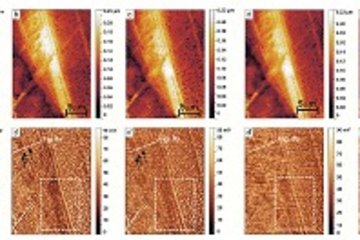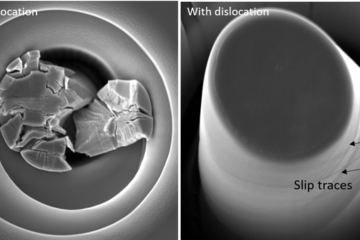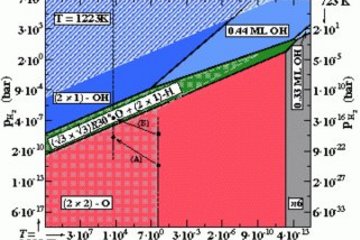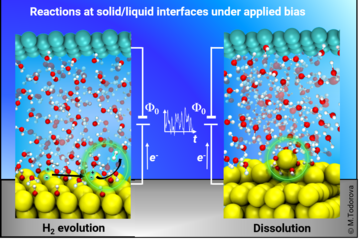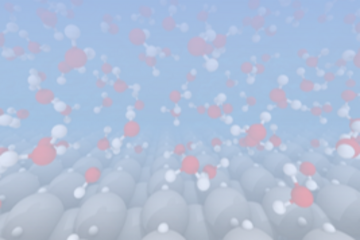All genres
1.
Journal Article
Cu addition effects on TRIP to TWIP transition and tensile property improvement of ultra-high-strength austenitic high-Mn steels. Acta Materialia 166, pp. 246 - 260 (2019)
2.
Journal Article
Effects of solute segregation on tensile properties and serration behavior in ultra-high-strength high-Mn TRIP steels. Materials Science and Engineering A: Structural Materials Properties Microstructure and Processing 740-741, pp. 16 - 27 (2019)
3.
Journal Article
Study of Bauschinger effect of acicular ferrite and polygonal ferrite through ex-situ interrupted bending tests in API X80 linepipe steels. Scientific Reports 8 (1), 15598 (2018)
4.
Journal Article
Exceptional combination of ultra-high strength and excellent ductility by inevitably generated Mn-segregation in austenitic steel. Materials Science and Engineering A: Structural Materials Properties Microstructure and Processing 737, pp. 69 - 76 (2018)
5.
Journal Article
Effects of Start and Finish Cooling Temperatures on the Yield Strength and Uniform Elongation of Strain-Based API X100 Pipeline Steels. Metallurgical and Materials Transactions A 49 (10), pp. 4536 - 4543 (2018)
6.
Journal Article
Interpretation of dynamic tensile behavior by austenite stability in ferrite-austenite duplex lightweight steels. Scientific Reports 7, 15726 (2017)
7.
Journal Article
Correlation of microstructure, chip-forming properties, and dynamic torsional properties in free-machining steels. Metallurgical and Materials Transactions A 44 (10), pp. 4613 - 4625 (2013)
8.
Journal Article
Effects of microstructure and pre-strain on Bauschinger effect in API X70 and X80 linepipe steels. Metals and Materials International 19 (3), pp. 423 - 431 (2013)
9.
Journal Article
Analysis and estimation of the yield strength of API X70 and X80 linepipe steels by double-cycle simulation tests. Metals and Materials International 19 (3), pp. 377 - 388 (2013)
10.
Journal Article
Alligatoring phenomenon occurring during hot rolling of free-machining steel wire rods. Materials Science and Engineering A: Structural Materials Properties Microstructure and Processing 568, pp. 8 - 19 (2013)
11.
Journal Article
Effect of phosphorous and boron addition on microstructural evolution and Charpy impact properties of high-phosphorous-containing plain carbon steels. Materials Science and Engineering A: Structural Materials Properties Microstructure and Processing 564, pp. 461 - 472 (2013)




